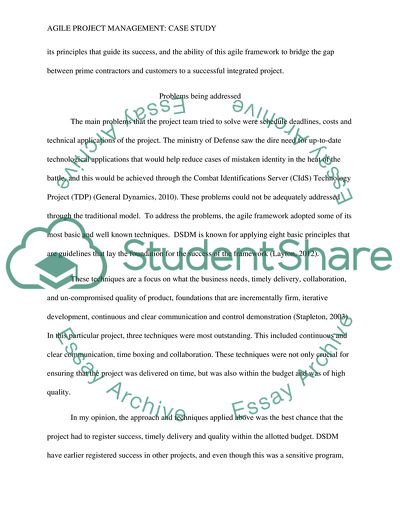Cite this document
(“Success with Agile Project Management in General Dynamics Case Study”, n.d.)
Success with Agile Project Management in General Dynamics Case Study. Retrieved from https://studentshare.org/information-technology/1628631-success-with-agile-project-management-in-general-dynamics
Success with Agile Project Management in General Dynamics Case Study. Retrieved from https://studentshare.org/information-technology/1628631-success-with-agile-project-management-in-general-dynamics
(Success With Agile Project Management in General Dynamics Case Study)
Success With Agile Project Management in General Dynamics Case Study. https://studentshare.org/information-technology/1628631-success-with-agile-project-management-in-general-dynamics.
Success With Agile Project Management in General Dynamics Case Study. https://studentshare.org/information-technology/1628631-success-with-agile-project-management-in-general-dynamics.
“Success With Agile Project Management in General Dynamics Case Study”, n.d. https://studentshare.org/information-technology/1628631-success-with-agile-project-management-in-general-dynamics.


